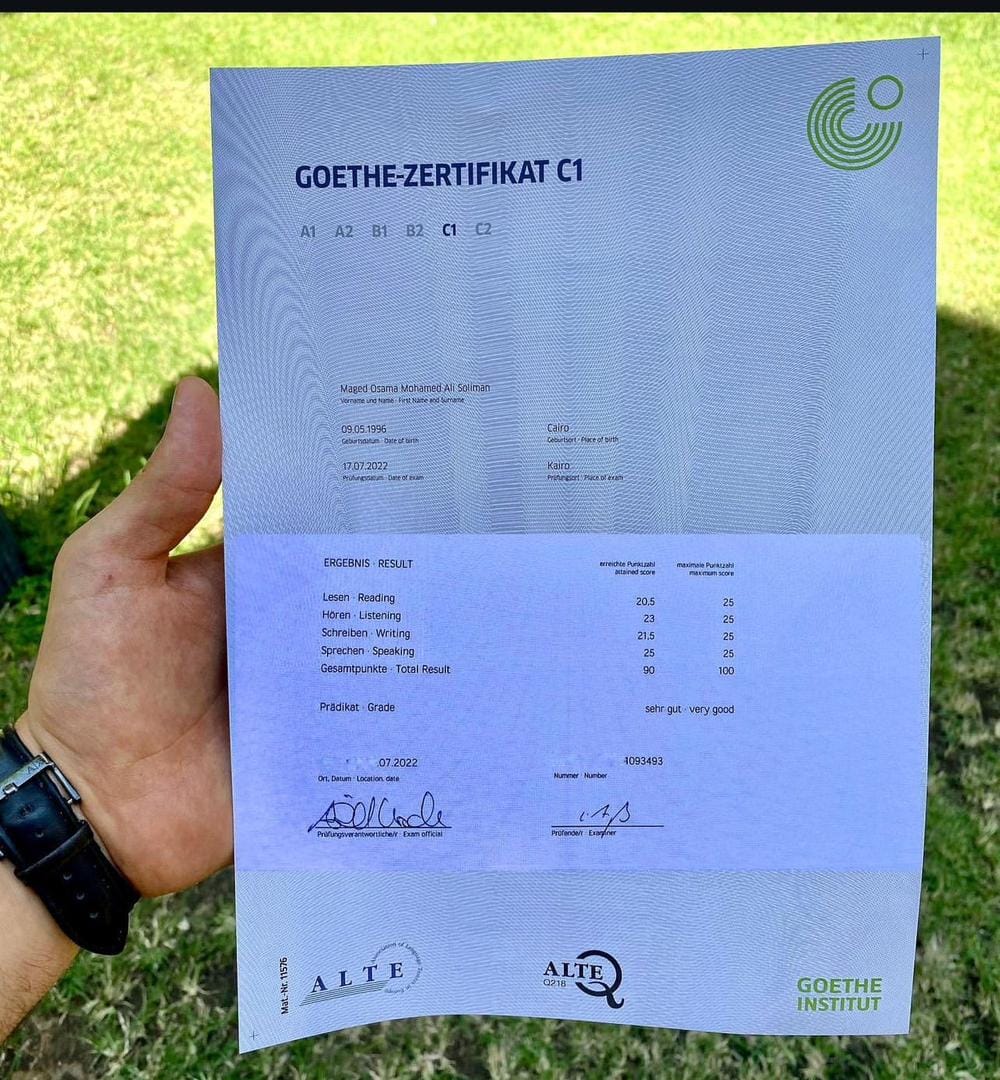5 Laws Everyone Working In ÖSD Exams Should Know
A Comprehensive Overview of ÖSD Exams: What You Need to Know
When it concerns examining German language proficiency, ÖSD (Österreichisches Sprachdiplom Deutsch) exams are a substantial benchmark. Recognized worldwide, these exams assess a prospect's capabilities in numerous elements of the German language, from listening comprehension to writing abilities. This article provides a comprehensive summary of ÖSD exams, including the structure of the exams, levels, benefits, preparation methods, and often asked concerns.
Comprehending ÖSD Exams
The ÖSD exams are structured to line up with the Common European Framework of Reference for Languages (CEFR), which classifies language proficiency into 6 levels: A1, A2, B1, B2, C1, and C2. Each level serves a different function, ranging from standard conversational capabilities to advanced language skills ideal for professional or academic contexts.
Summary of CEFR Levels and ÖSD Correspondence
CEFR Level
ÖSD Exam Name
Description
A1
ÖSD Zertifikat A1
Beginner level, basic interaction
A2
ÖSD Zertifikat A2
Primary level, basic interactions
B1
ÖSD Zertifikat B1
Intermediate level, everyday language usage
B2
ÖSD Zertifikat B2
Upper intermediate, more intricate language skills
C1
ÖSD Zertifikat C1
Advanced level, nuanced language capability
C2
ÖSD Zertifikat C2
Competent level, near-native efficiency
Exam Structure and Components
The structure of ÖSD exams is constant throughout different levels, concentrating on 4 core language abilities:
- Listening Comprehension: Understanding spoken German in various contexts.
- Reading Comprehension: Grasping written texts, including literature, posts, and ads.
- Composing: Producing meaningful written documents, such as essays, letters, or reports.
- Speaking: Engaging in discussion and expressing ideas clearly in spoken German.
Comprehensive Breakdown of Exam Components
Level
Duration
Listening
Checking out
Writing
Speaking
A1
1 hour
20 minutes
30 minutes
30 minutes
5 – 7 minutes
A2
1 hour
20 minutes
Thirty minutes
Thirty minutes
5 – 7 minutes
B1
2 hours
40 minutes
60 minutes
60 minutes
10 – 15 minutes
B2
3 hours
50 minutes
60 minutes
60 minutes
15 – 20 minutes
C1
3.5 hours
60 minutes
75 minutes
90 minutes
15 – 20 minutes
C2
4 hours
60 minutes
90 minutes
120 minutes
Thirty minutes
Advantages of Taking ÖSD Exams
Taking part in ÖSD exams offers various advantages for learners and professionals alike:
International Recognition: ÖSD certificates are recognized by universities and companies worldwide, making them an important possession for those seeking to study or work in German-speaking regions.
Structured Learning Path: The exam levels offer a clear roadmap for language students, guiding their development through significantly complex material.
Comprehensive Evaluation: The diverse components of the exams guarantee a well-rounded evaluation of language abilities, which is beneficial for scholastic and professional growth.
Preparation Opportunities: Candidates can find a variety of resources and preparation courses geared specifically towards ÖSD exams, enhancing their chances of success.
Cultural Insight: Preparing for and taking the exam can deepen understanding and appreciation of German-speaking culture, literature, and history.
Effective Preparation Strategies
Effective preparation for ÖSD exams requires dedication and tactical preparation. Here are some efficient techniques for prospects:
Familiarize with the Exam Format: Understanding the structure and types of concerns asked in the exams helps candidates manage their time efficiently during the test.
Make Use Of Official Study Materials: ÖSD uses a myriad of resources, including sample exams and textbooks customized to each level. These materials are important for practice.
Participate In Regular Practice: Make language use an everyday habit— checking out German papers, viewing movies, or practicing discussions with native speakers can enhance fluency.
Enroll in Preparation Courses: Joining a preparatory course led by certified instructors can supply individualized feedback, structured knowing, and additional resources.
Form Study Groups: Learning with peers can promote inspiration, offer diverse perspectives on understanding, and develop an encouraging environment for practicing speaking skills.
Regularly Asked Questions (FAQ)
1. What is the validity of an ÖSD certificate?
ÖSD certificates do not end; however, some institutions or employers may prefer more current evaluations. It's vital to check particular requirements.
2. How can OSD Sprache for an ÖSD exam?
Registration can generally be finished through the official ÖSD website or authorized language schools that provide these exams. Dates and places may differ.
3. Are there any requirements for taking ÖSD exams?
No specific requirements are required; however, candidates must have the appropriate language skills for their picked level.
4. How are the exams scored?
Each section is graded individually, and candidates need to achieve a minimum rating to pass. The overall rating is typically a mix of all 4 sections.
5. Can I retake an ÖSD exam if I don't pass?
Yes, candidates can retake the exam as often times as needed. It is a good idea to concentrate on improving skills before attempting the exam once again.
ÖSD exams serve as an important tool for individuals looking to demonstrate their German language proficiency. By comprehending the structure, benefits, and preparation techniques associated with these exams, candidates can browse the process better. Whether for academic goals or career development, the ÖSD certification uses both recognition and respect worldwide of language know-how.
